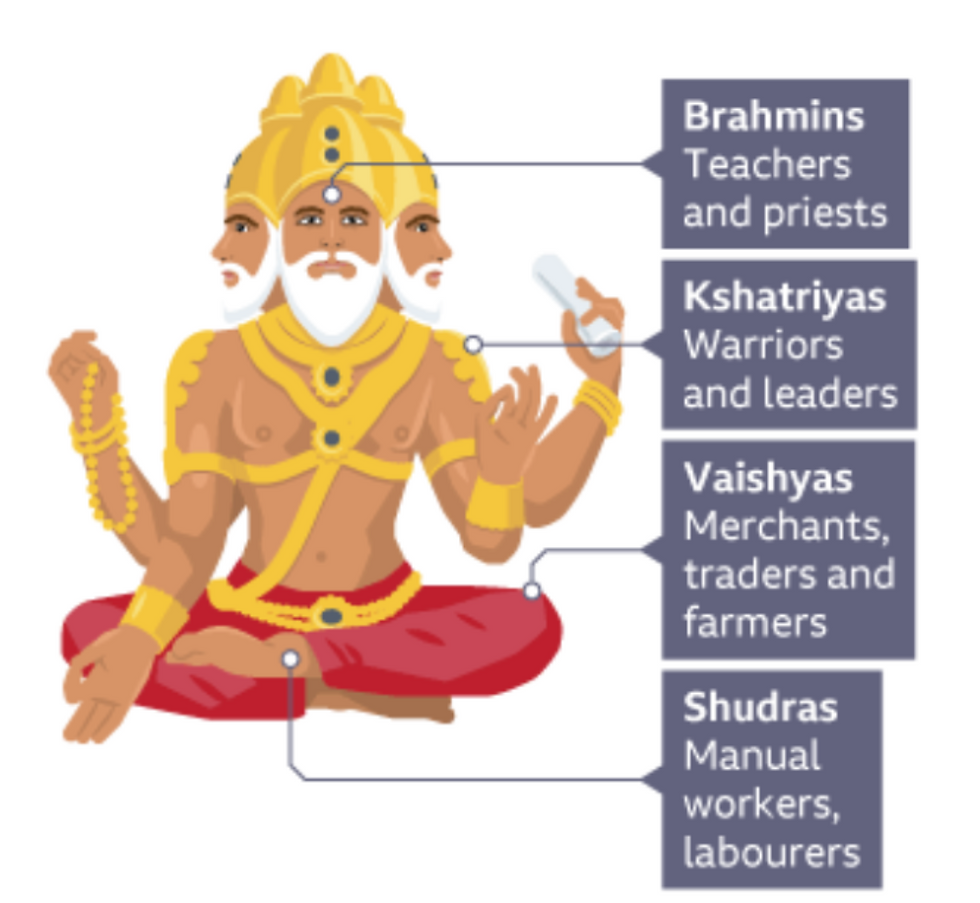Introduction to Buddhism (pt.2)
- Mui Kwok Temple
- Oct 26
- 6 min read

Welcome back to the second instalment of this blog series. In the last post we analysed common descriptors of Buddhism and how it reveals a facet of Buddhism but lacks in completeness. In order to understand what Buddhism is and what it can do for your daily life, it is important to appreciate Buddhism’s profoundness and extensiveness, so we can keep an open and curious mind as we embark on this journey together.
This series moving forward will use history as a backdrop to discuss the overarching views and practice of Buddhism, with a heavy focus on Chinese Buddhism near the end. Mahayana Buddhism, in particular Chinese Buddhism, is one of the big three branches of Buddhism today but least known in the western world. It is our hope that through this form we can shed more light and debunk any misconceptions regarding this ancient tradition.
In the first post we pondered on Buddhism’s descriptors in the west. This time we will dive into history and try to understand what environment Buddhism was born into and how these environmental conditions gave rise to one of the greatest wisdoms.
Note: When studying history, it is important to not apply our modern views and values on the actions and events of the past. We should recognise that as time and society changes, views and values also change.
Let’s answer the following questions in this blog:
How was society structured?
What were the values at the time?
What were the different views at the time?
Why was Buddhism seen as a suitable alternative?
How was society structured in ancient India?
The founding of Buddhism occurred during the Vedic period in northern India. This time period was named after the religious text of the time, the Veda. The four Vedas are the oldest Hindu text and contain hymns, rituals, ceremonies, philosophy etc. The whole of society was governed by the four Vedas. According to the Rigveda, the four varnas (class or caste) were created from the body parts of the cosmic being Purusha. The four varnas are:

It is believed that individuals are born into their caste and can never move to a different caste. They must perform their societal duties. Brahmin is the highest caste where all other caste members must consult them for guidance as they are the only ones who can interpret the Vedas and perform necessary rites and ceremonies. The top three castes were allowed to be educated and learn from the Veda and will eventually rejoin their creator god Brahma upon death. The Shudras will not reincarnate.
What were the values at the time?
Considering the Brahmin are the highest caste, spirituality is highly valued in India. It is so ingrained in society that to this day it is a major force in Indian culture. There is an expectation for all members of society (men), if able, to live their life in four stages, known as asramas. The four asrama are:

The ideal life trajectory, societal functions and adherence to structure only exists in concept. In reality, tension between castes can be observed from historical context. Notable tensions are: Vaishyas are being taxed by Brahmin yet they work to make the money. Kshatriyas are the ruling class but are unhappy that they must consult the Brahmin for many decisions. Due to the accumulation of wealth and power, some Brahmin exhibit signs of corruption. Shudras are powerless and some seek alternatives.
What were the different views at the time?
India’s emphasis on spirituality and some members of society’s discontent with the current structure, differing views and beliefs start to arise.
In one Sutra, “The Rewards of the Life of a Sramana” in the Buddha’s Lengthy Discourse Sutra (Dirgha Agama), or “Samaññaphala Sutta: The Fruits of the Contemplative Life” in the Digha Nikaya, six differing views were discussed. In this sutra King Ajatasattu wanted to know whether the life of a Sramana (ascetic or monk) can bear fruit (rewards from a contemplative life) in the same way as lives of others. All six of these views can still be applied to differing beliefs today!
All six views are known as six heretical teachers in Buddhism.

For the full sutra see: Samaññaphala Sutta: The Fruits of the Contemplative Life in Digha Nikaya.
Why was Buddhism seen as a suitable alternative?
In future entries we will discuss in depth Buddha’s teachings, however with regards to the topics discussed in this entry what did Buddhism bring that was a suitable alternative?
Buddha’s teaching can be applied equally to all regardless of caste and gender. Though it may not seem like much in today’s society but in ancient India it was ground breaking. Buddhism also taught that there is a reason for all that we encounter and experience, refuting amoralism and fatalism. This explanation is rooted in understanding karma and dependent origination, refuting materialism and eternalism. With sound logic we can apply it to our daily lives as practice, refuting agnosticism. Finally understand that it is our intentional action, refuting Jain restraint, that we can control and guide our lives to better ourselves, others and our world as a whole. This is truly the shining light that Buddhism can provide for everyone and the world.
We thank you for getting to the end of this entry and hope you will tune in to the next edition where we will explore the Buddha’s life. We encourage you to subscribe so you don’t miss any new entries and leave a comment below to further any discussions. Whether or not you are a Buddhist, may Buddha’s wisdom uplight you always.



Comments